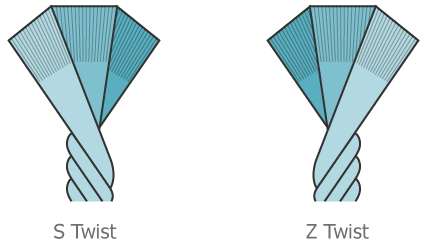Overview of Rubber Impregnated Glass Cords
Features Of Glass Fibre
Weight for weight, glass is stronger than steel, and has better strain and stress properties than many other reinforcement media.
Glass Cord uses the unique properties of glass fibres to give strength and dimensional stability to polymeric products, particularly automotive timing belts, where there is a need for synchronous transfer of power from crankshaft to overhead camshaft without loss of inertia.
Manufacture
Glass Cord is manufactured by the complete coating of individual filaments of glass yarn with special resorcinol formaldehyde latex (RFL) formulations which are compatible with a large number of rubber compounds. This treatment prevents inter-filament abrasion, increases product life and provides the basis for a chemical bond between the glass filaments and the rubber compounds which they are designed to reinforce.
The treated glass yarns are twisted and plied to produce cords of different constructions in a variety of twists, weights, diameters and tensile strengths. Glass Cord is supplied in a wide range of treatments for compatibility with CR, EPDM, NBR, and PU compounds; HSN and ACSM compounds for high temperature applications, and for thermoplastics and other specialised elastomers.
Twist

S TWIST: The yarns have a descending configuration from left to right as in the letter S.
Z TWIST: The yarns have an ascending configuration from left to right as in the letter Z.
Design Service
Our Glass Cords can be designed to suit customers' individual needs. Glass constructions can be varied to give cords of different tensile strengths, weights, diameters, twist levels, and dynamic potentials. The chemical formulations of our RFL treatments can be adjusted to optimise compatibility with customers' compounds; and secondary adhesive overcoats when necessary can also be designed to give enhanced adhesion in more demanding conditions.
Our coating and yarn impregnation expertise can be applied to other synthetic continuous fibres, such as aramid and carbon.